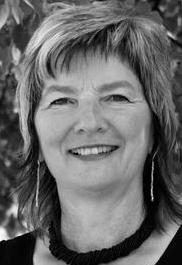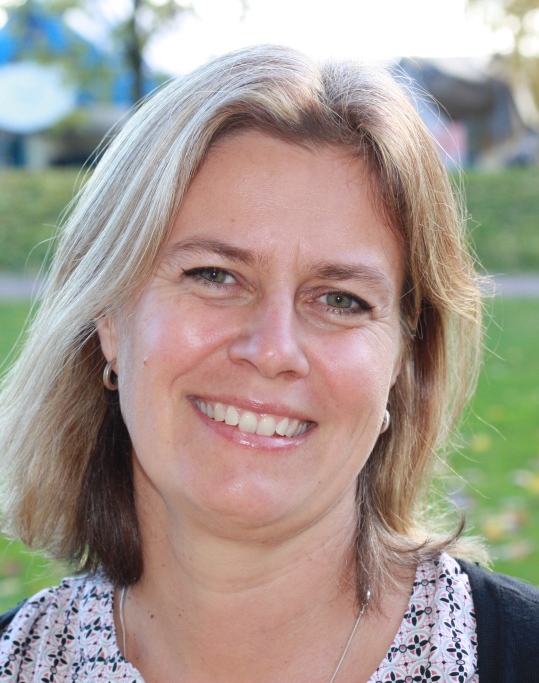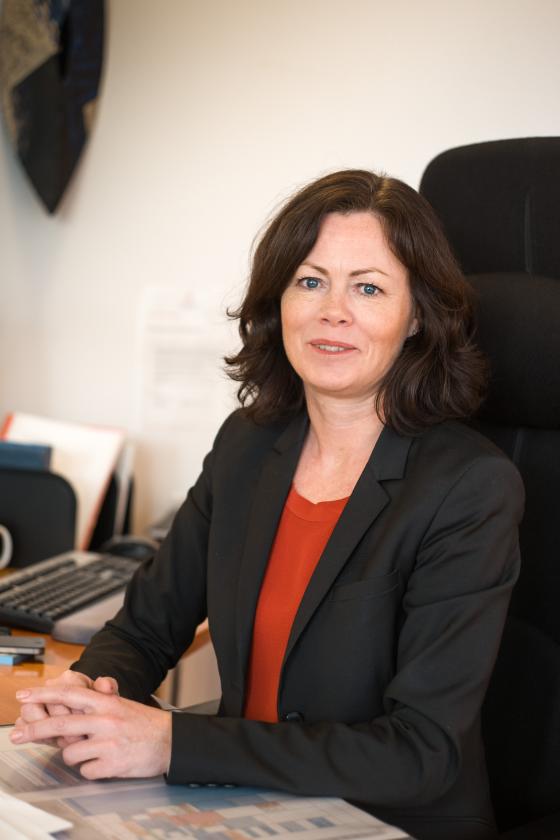No new gender equality measures in academia
The Norwegian Government presented the white paper “Gender equality in practice” in early October. While the report gives a thorough account of the situation in academia, it lacks both measures and money for gender equality efforts.
“It’s a paradox that so much knowledge about gender equality in academia has been compiled, and yet the white paper does not propose measures that will help us reach our gender equality goals in the sector,” says Ingrid Guldvik, Vice Chair of the KIF Committee.
Have the knowledge, but don’t use it
The KIF Committee made a number of specific recommendations in its input on the white paper during the consultation round. The white paper praised the KIF Committee’s work for gender equality in academia, but it left out the proposed measures.
In its input, the KIF Committee called for mandatory targets for women in senior-level positions at the institutions. The white paper says nothing specific about this.
Read the KIF Committee’s input on the white paper (in Norwegian only).
Nor does the white paper present new measures for correcting the uneven gender distribution between various subject areas, and instead it simply describes measures that some institutions have already implemented on their own initiative. In its input, the KIF Committee proposed introducing several measures from the Official Norwegian Report “Policy for Equality” presented in 2012. This report pointed out that efforts to correct uneven gender distribution between subject areas must be prioritized from the very start of the educational cycle, and a number of specific proposals for measures were put forward, including simple ones such as introducing gender points and grants for the underrepresented gender.
In the new white paper on gender equality, however, none of these measures was included.
Lays the responsibility on the institutions
In general, the white paper on gender equality gives the responsibility for gender equality efforts in academia to the institutions. According to Guldvik, this means that the role of the KIF Committee as a resource hub is even more important than ever.
“The institutional visits that the committee makes are very important, but by the same token, there are some things that can only be done centrally. Our input on mandatory targets for the institutions is an example of something that only the ministry can introduce.”

“It’s critical that the institutions have targets to guide their efforts and that someone asks what they are doing to reach these targets. The KIF Committee asks about such things when we visit the institutions, but we can’t monitor everyone all the time. That is the ministry’s job,” she says.
Considering a certification scheme
Heidi Holt Zachariassen of the KIF Committee’s secretariat has noticed that the white paper on gender equality discusses preparatory work being done on a certification scheme for gender equality and diversity principles for organizations. The KIF Committee itself has begun assessing whether such a scheme can be introduced at Norwegian higher education and research institutions. This work is based on the strategy for the committee’s activities during the current term.
“It’s interesting that the Government mentions a scheme like this as a possible measure, especially if it is expanded to our sector. We will definitely stay on top of this,” says Zachariassen.
Another measure proposed by the Government is development of a measurement tool for monitoring gender balance in top management positions in the Norwegian business sector over time. The Centre for Research on Gender Equality (CORE) will be commissioned to develop this tool.
In response to a question from Kifinfo, the Ministry of Children, Equality and Social Inclusion said it is too early to know if such a measurement tool will also be relevant for academic institutions or what function it will have. The commission to develop the tool will be awarded when the national budget for 2016 is adopted.
Gender equality in leadership training
In its input, the KIF Committee emphasized that gender equality at the institutions must be the responsibility of the leadership, and it encouraged the Government to engage in a dialogue with the sector to include gender and diversity perspectives in leadership development programmes. The white paper also puts emphasis on leadership responsibility and the need to train managers in gender and diversity issues.
“It’s important to remember that gender equality is an academic field. I think some managers have the idea that they have sufficient knowledge about the subject because they have discussed gender equality in some contexts. But it’s not enough to have gender equality as an agenda item. You need to have knowledge, both about the situation at your own institution and about the mechanisms at work, for example, if men are systematically selected when hiring for positions. And you must be knowledgeable about the kind of measures that have an impact,” says Ingrid Guldvik.
“But it’s worth noting that also in this case, the Government has placed all the responsibility on the institutions themselves.”
Not prioritized
Guldvik is concerned that the large gap between knowledge and measures with regard to gender equality is a sign that gender equality is not perceived as important enough.

“The lack of measures is not something that only this Government is guilty of. At the same time, a lot of systematic knowledge exists about gender equality and about measures that work, both in Norway and internationally, so there is no lack of possible measures to implement. I think it has to do with priorities. You have to want it enough, over a sufficiently long period of time – because it takes time to see results.”
“You must develop routines that compel people to continually return to these questions and ask what progress has been made. It’s not the kind of work that creates the biggest headlines,” she says.
Will gain more knowledge about diversity
The white paper on gender equality mentions at the end the KIF Committee’s new, expanded mandate, which now includes ethnic diversity in addition to gender equality. The Government discusses the work the KIF Committee has done so far to acquire knowledge about ethnic diversity in academia, which is generally an under-researched field.
Heidi Holt Zachariassen explains that the KIF Committee has a dialogue with the Ministry of Education and Research on how to go forward to obtain better statistics about this.
“We’re pleased that the white paper on gender equality discusses our work in this area because it’s a topic we’ve been very ‘gung-ho’ about addressing. The large report we have commissioned, on career development for ethnic minorities in academia, will be completed around the New Year, so a lot will be happening in this area in a short period of time,” she says.
Nobody in the Ministry of Education and Research was available to respond to questions from Kifinfo about the white paper on gender equality and the higher education sector.
Translated by Connie Stultz.
The Norwegian Government presented the white paper “Gender equality in practice. Equal opportunity for women and men” on 9 October 2015.
In the consultation round, the KIF Committee addressed the following main challenges related to gender balance and diversity in higher education and research:
- Low percentage of women in senior-level positions;
- Limited knowledge about gender equality and diversity issues among managers;
- Uneven gender distribution in subject areas;
- Gender and diversity perspectives in research;
- Lack of knowledge about ethnic minorities in academia.
The KIF Committee also made recommendations for specific measures.
The white paper gave a good description of the situation for gender equality and ethnic diversity in academia.
The white paper did not contain any new measures for the sector.
See
